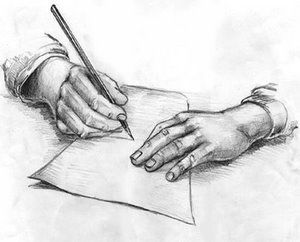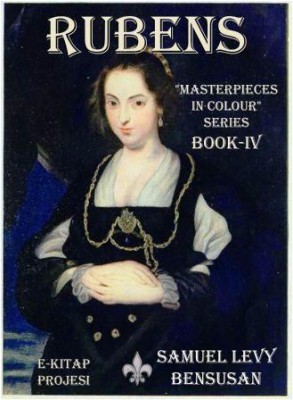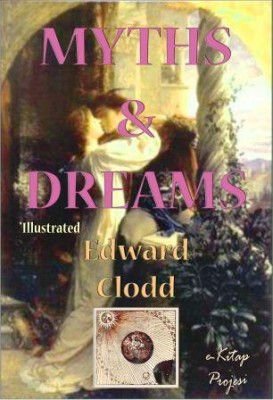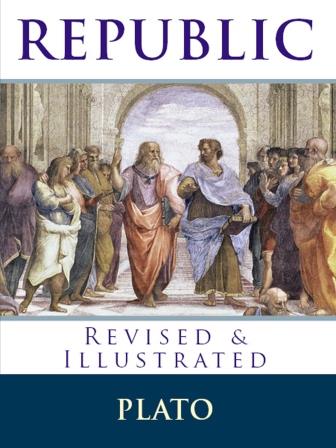More Search Results...

Rubens
Paintings can be divided into three categories: those he painted by himself, those he painted in part (mainly hands and faces), and those he only supervised. He had, as was usual at the time, a large workshop with many apprentices and students, some of whom, such as Anthony van Dyck, became famous in their own right. He also often sub-contracted elements such as animals or still-life in large compositions to specialists such as Frans Snyders, or other artists such as Jacob Jordaens.
More info →Group Psychology and the Analysis of the Ego
In Group Psychology and the Analysis of the Ego, (1922), Sigmund Freud based his preliminary description of group psychology on Le Bon's work, but went on to develop his own, original theory, related to what he had begun to elaborate in Totem and Taboo. Theodor Adorno reprised Freud's essay in 1951 with his Freudian Theory and the Pattern of Fascist Propaganda, and said that "It is not an overstatement if we say that Freud, though he was hardly interested in the political phase of the problem, clearly foresaw the rise and nature of fascist mass movements in purely psychological categories.
More info →Velazquez
Italian period
In 1629, he went to live in Italy for a year and a half. Though his first Italian visit is recognized as a crucial chapter in the development of Velázquez's style – and in the history of Spanish Royal Patronage, since Philip IV sponsored his trip – we know rather little about the details and specifics: what the painter saw, whom he met, how he was perceived and what innovations he hoped to introduce into his painting. It is canonical to divide the artistic career of Velázquez by his two visits to Italy, with his second grouping of works following the first visit and his third grouping following the second visit. This somewhat arbitrary division may be accepted though it will not always apply, because, as is usual in the case of many painters, his styles at times overlap each other. Velázquez rarely signed his pictures, and the royal archives give the dates of only his most important works. Internal evidence and history pertaining to his portraits supply the rest to a certain extent.
Dream Psychology
The Interpretation of Dreams (German: Die Traumdeutung) is a book by psychoanalyst Sigmund Freud. The book introduces Freud's theory of the unconscious with respect to dream interpretation, and also first discusses what would later become the theory of the Oedipus complex. Freud revised the book at least eight times and, in the third edition, added an extensive section which treated dream symbolism very literally, following the influence of Wilhelm Stekel. Freud said of this work, "Insight such as this falls to one's lot but once in a lifetime."
More info →Titian
During the last twenty-six years of his life (1550–1576) the artist worked mainly for Philip II and as a portrait-painter. He became more self-critical, an insatiable perfectionist, keeping some pictures in his studio for ten years, never wearying of returning to them and retouching them, constantly adding new expressions at once more refined, concise, and subtle. He also finished off many copies of earlier works of his by his pupils, giving rise to many problems of attribution and priority among versions of his works, which were also very widely copied and faked outside his studio, during his lifetime and afterwards.
More info →Myths and Dreams
The object of this book is to present in compendious form the evidence which myths and dreams supply as to primitive man’s interpretation of his own nature and of the external world, and more especially to indicate how such evidence carries within itself the history of the origin and growth of beliefs in the supernatural.
The examples are selected chiefly from barbaric races, as furnishing the nearest correspondences to the working of the mind in what may be called its “eocene” stage, but examples are also cited from civilised races, as witnessing to that continuity of ideas which is obscured by familiarity or ignored by prejudice.
Botticelli
In 1481, Pope Sixtus IV summoned Botticelli and other prominent Florentine and Umbrian artists to fresco the walls of the Sistine Chapel. The iconological program was the supremacy of the Papacy. Sandro's contribution included the Temptations of Christ, the Punishment of the Rebels and Trial of Moses. He returned to Florence, and "being of a sophistical turn of mind, he there wrote a commentary on a portion of Dante and illustrated the Inferno which he printed, spending much time over it, and this abstention from work led to serious disorders in his living." Thus Vasari characterized the first printed Dante (1481) with Botticelli's decorations; he could not imagine that the new art of printing might occupy an artist.
More info →Introduction to Psychoanalysis
Introduction to Psychoanalysis (German: Vorlesungen zur Einführung in die Psychoanalyse) is one of the most famous works of Sigmund Freud, calculated for a wide readership. In its first part (from 1st to 28th lecture) Freud enthusiastically outlines his approach to the unconscious, dreams, the theory of neuroses and some technical issues in the form in which it was formulated at the time of reading the lectures in Vienna in 1916-1917. From some positions outlined here Freud subsequently refused, many supplements and develops or revises in his later works. The second part ("new lecture series, from 29th to 35th) has never been read before to public, it features a different style of presentation, sometimes requiring the reader to training, sometimes polemical.
More info →World’s Famous 10 Epics-I: The Epic of Gilgamesh
"The Epic of Gilgamesh, an epic poem from Mesopotamia, is amongst the earliest surviving works of literature. The literary history of Gilgamesh begins with five independent Sumerian poems about 'Bilgamesh' (Sumerian for Gilgamesh), king of Uruk. Four of these were used as source material for a combined epic in Akkadian. This first, "Old Babylonian" version of the epic dates to the 18th century BC and is titled Shūtur eli sharrī ("Surpassing All Other Kings"). Only a few fragments of it survived. The later, Standard Babylonian version dates from the 13th to the tenth centuries BC and bears the title Sha naqba īmuru ("He who Saw the Deep"). Fragments of approximately two thirds of this longer, twelve-tablet version have been recovered. Some of the best copies were discovered in the library ruins of the 7th-century BC Assyrian king Ashurbanipal.
More info →The Republic
The Republic is a Socratic dialogue written by Plato around 380 BC concerning the definition of justice and the order and character of the just city-state and the just man. The dramatic date of the dialogue has been much debated and though it must take place some time during the Peloponnesian War, "there would be jarring anachronisms if any of the candidate specific dates between 432 and 404 were assigned".
More info →












































